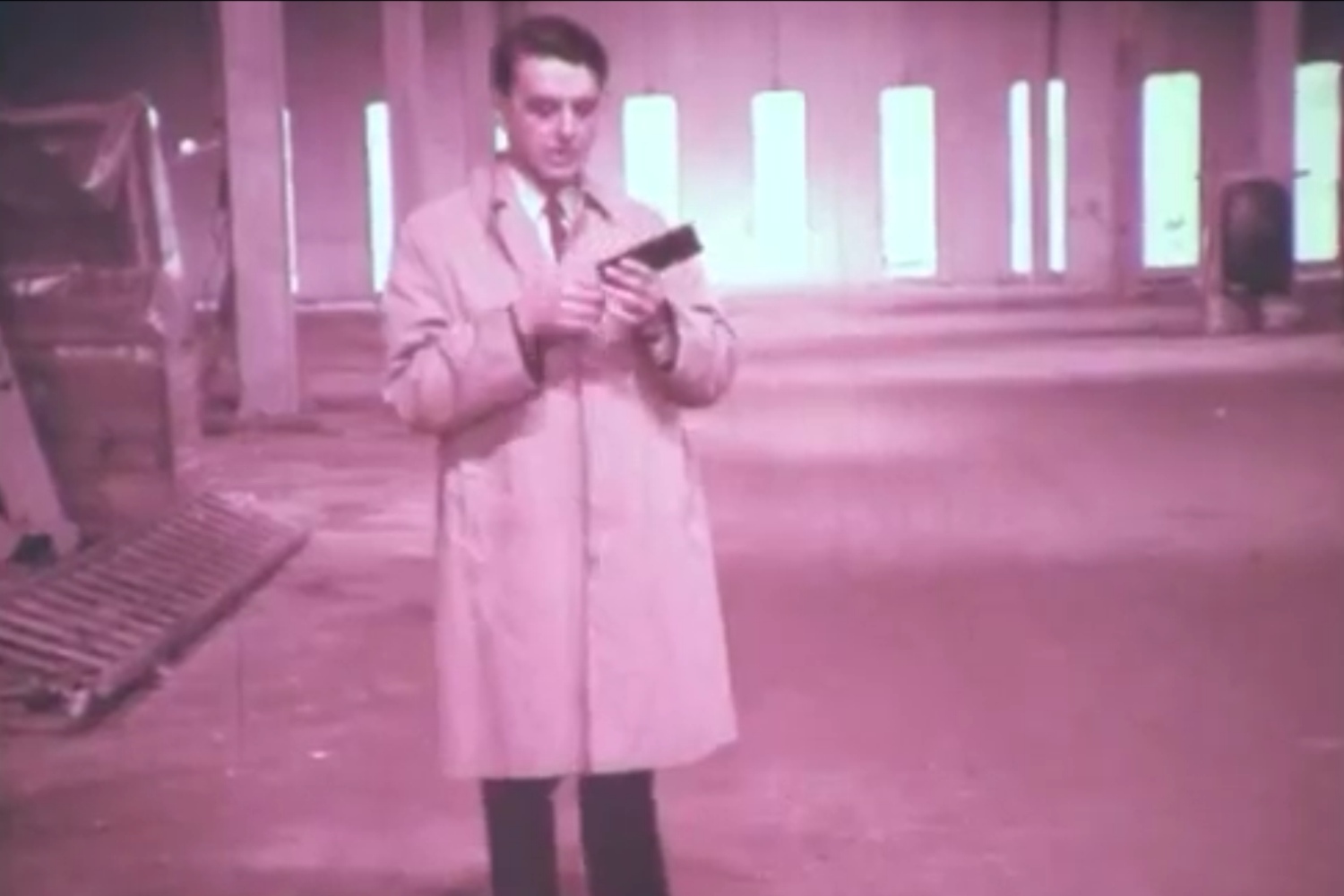
Who inventor edwin land series#
Captiva, Joycam, and Popshots (single use) cameras used a smaller 500 series film in rectangular format. Polaroid Spectra cameras used Polaroid Spectra film which went back to a rectangular format. This was followed by other various plastic cameras based on Spectra, Captiva, and i-Zone film. Polaroid 635 Supercolor Spectra, Captiva, and i-Zone film 600 series cameras were almost all plastic bodied, except for the SLR 680 and 690 models, which resembled SX-70 type cameras, but most came with an electronic flash. 600 series cameras such as the Pronto, Sun 600, and One600 used 600 type film which was four times faster than SX-70 film. SX-70 (or Time Zero ) film had a strong following with artists who used it for image manipulation. Each exposure developed automatically once the shot was taken. It introduced the use of more efficient print technology that developed more instantly than previous film types offered, which cut out some of the user's responsibility and made it easier to use. The SX-70 instant camera used the print technology that Edwin Land had most desired. Third generation Polaroids, like the once popular SX-70, used a square format integral film, in which all components of the film (negative, developer, fixer, etc.) were contained. Models which used SX-70 film were introduced in a folding version, with later versions being solid plastic bodied. Pack film initially was offered in a rectangular format (100 series), then in square format (80 series). The next generation of Polaroid cameras used 100 series "pack film," where the photographer pulled the film out of the camera, then peeled apart the positive from the negative at the end of the developing process. The first 100 series pack film model was the model 100, followed by various models in the 100 - 400 series and a few ad hoc cameras such as the countdown series. Pack film Polaroid Automatic 350, made from 1969 to 1971 Roll film came in two rolls (positive/developing agent and negative) which were loaded into the camera and was eventually offered in three sizes (40, 30, and 20 series). The first roll film camera was the Polaroid Model 95, followed by subsequent models containing various new features. They can be categorized by the film type. Many different models of Polaroid and non-Polaroid instant cameras were introduced in the mid to late 20th century.

Main article: List of Polaroid instant cameras Polaroid Model 95, the company's first instant camera introduced in 1948

Other brands such as Lomography, Leica, Fujifilm, and others have designed new models and features in their own takes on instant cameras. (previously the Impossible Project) for several models of Polaroid camera, and for the 8×10 inch format.
Who inventor edwin land portable#
Among the products it markets are a Polaroid branded Fuji Instax instant camera, and various digital cameras and portable printers.Īs of 2017, film continues to be made by Polaroid B.V. In 2009, Polaroid was acquired by PLR IP Holdings LLC, which uses the Polaroid brand to market various products often relating to instant cameras. Sales of analog film by all makers dropped by at least 25% per year in the first decade of the 21st century. In February 2008, Polaroid filed for Chapter 11 bankruptcy protection for the second time and announced it would discontinue production of its instant films and cameras, shut down three manufacturing facilities, and lay off 450 workers. The invention of commercially viable instant cameras which were easy to use is generally credited to American scientist Edwin Land, who unveiled the first commercial instant camera, the model 95 Land Camera, in 1948, a year after he unveiled instant film in New York City.

When developing the image, the fixer and the developing material are present at the same time, and they immediately interact. With the DTR process, the photographed surface or object immediately appears as a positive, which is an image corresponding to the dark and light shades of the original. His invention, direct positive photography, also known as DTR (Diffusion Transfer Reversal) was patented in 1939. The base of the technology is from a Hungarian chemist, Rott Andor. Polaroid Corporation pioneered (and patented) consumer-friendly instant cameras and film, and were followed by various other manufacturers. One Polaroid and two Fujifilm instant cameras with film Polaroid SX-70 Fujifilm Instax 210 with instant photograph Picture of a waterfall taken with an instant camera in Salinas VictoriaĪn instant camera is a camera which uses self-developing film to create a chemically developed print shortly after taking the picture. For digital cameras with built-in printers, see Instant-print camera.


 0 kommentar(er)
0 kommentar(er)
